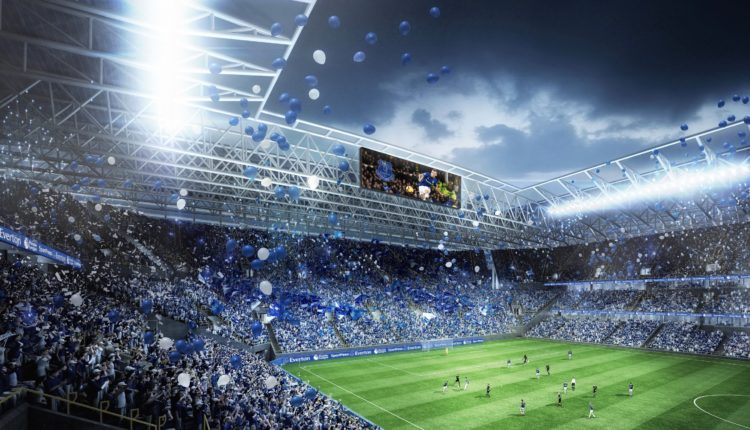Amid a battle to retain its Premier League status Everton is close to securing £300m in senior debt to finish its £500m stadium – and the stakes for the club and the city region could not be higher. Tony McDonough reports
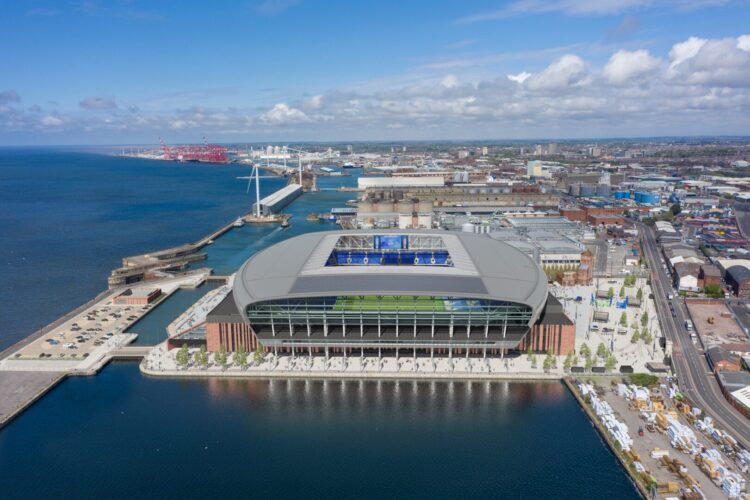
When the final whistle sounded at Goodison Park On Saturday, April 9, the cheers from the stands could almost be heard a few miles down the road at Aintree where the Grand National meeting was taking place.
Those cheers were followed by a collective sigh of relief as the 1-0 victory over Manchester United secured Everton three precious points in their fight for Premier League survival. And they were dampened by the knowledge the club is not yet out of the woods.
Another formidable opponent awaits the Blues on Wednesday evening when Leicester City are the visitors to Goodison Park. A further three points would prove invaluable for Everton who sit just above the relegation zone. Other big challenges await including a trip to Anfield to face their biggest rivals Liverpool.
“My job, first and foremost, is to lift everyone and be positive, try to go again,” said manager Frank Lampard after the victory over United. And go again is what he and his players will have to do – eight more times between now and May 22.
Liverpool FC legend Bill Shankly’s famous quote – “football is not a matter of life and death, it is much more important than that” – arguably takes on real meaning with Everton’s new stadium being seen as a catalyst for the regeneration of a large swathe of north Liverpool.
And the worry is that if Everton were to drop down to the Championship, the loss of TV and commercial revenue could be significant. Given any external investors in the stadium would be looking for a hefty return, would relegation threaten the commercial viability of the project?
LBN understands that even if the unthinkable happened and Everton did fall through the relegation trap door, the stadium will still go ahead. More than £100m has already been ploughed into the project from majority shareholder Farhad Moshiri, from public sector funding and from a naming rights ‘first refusal’ agreement.
Everton is now on the verge of securing around £300m in senior debt (this is debt from a lender that would take priority over other creditors in the event of administration or liquidation). Although being kept under wraps, a specific funder has already been lined up.
And on Wednesday last week it announced what is being seen as a remarkable deal with main stadium contractor, Laing O’Rourke. It is a deal that could be critical in persuading the unnamed investor to commit even if Everton was to lose its Premier League status.
The construction giant started work on the arena, at Bramley-Moore Dock in Liverpool Waters, last summer and real progress has been made on the 12-phase project which is expected to take 150 weeks. It is hoped the Blues will be able to kick off the 2024-25 season at the new ground.
And now Laing O’Rourke has agreed to complete the construction of the 52,888-capacity waterfront arena, while also providing Everton with greater certainty as to the cost of the remaining stages of the project. It means the builder will take on a financial risk, a brave decision in the context of soaring raw material, energy and labour costs.
It is believed Laing O’Rourke is keen to use the project as a global showcase, a demonstration how it can deliver schemes of scale and prestige. LBN has learned that executives of other Premier League clubs are gobsmacked at the deal, secured by Everton chief executive Professor Denise Barrett-Baxendale.
One executive, who recently oversaw the building of his club’s own new stadium, was reported to have asked “how did you do it?”. It is almost a given that the cost of football stadiums always goes higher than the original estimate – just ask Tottenham Hotspur. Everton may be about to buck that trend.
With a bit of skill that would impress even Frank Lampard, Prof Barrett-Baxendale may have beaten the proverbial offside trap. It is a reminder that football clubs need strong leadership throughout, not just on the pitch and in the dugout.
Successful delivery of the stadium would also trigger a legacy project, comprising a number of new community facilities around Everton’s current home at Goodison Park in Walton, an investment that would be sorely needed in what is one of the most deprived districts in the country.
Bramley-Moore Dock itself is in the heart of Peel L&P’s £5bn Liverpool Waters regeneration project. First unveiled more than a decade ago, Liverpool Waters promised whole new neighbourhoods with homes, offices, shops and restaurants along with public squares and walkways.
However, progress has been slow. Two residential towers have been delivered at Princes Dock and another scheme, from developer Romal Capital called Quay Central in Central Docks, has also been completed. But a second Romal scheme, worth £100m, is in the hands of a planning inspector after being rejected by Liverpool City Council.
Work is also well under way on the new £70m Isle of Man ferry terminal but the delivery of the stadium would be seen as a big win by Peel L&P and would likely lead to further development in the immediate vicinity.
Similarly, the area outside of the Liverpool Waters zone, around the old dock road and up to Great Howard Street, the so-called ‘Ten Streets’ district, would also receive a huge boost. At first glance the Ten Streets area looks a little shabby and neglected but take a closer look and you will see a hive of activity.
Dozens of businesses, including those in the creative and digital sectors, now occupy space in the tight streets leading down to the waterfront. Close by is also the popular Titanic Hotel as well the the £130m transformation of the historic Tobacco Warehouse into high quality apartments.
There are already reports of rising commercial property values in the area off the back of the expected surge in activity and footfall from the stadium. Added to that is the launch later this year of the Liverpool City Region Freeport project. Based across multiple locations, the Freeport will offer significant tax incentives to investors.
READ MORE: Freeport set for take-off at Liverpool Airport
Projections of the wider economic benefits of major infrastructure schemes often have to be taken with a pinch of salt. Everton did commission economic impact studies. They are often more educated guesswork than solid projection but there is no question that the stadium will have a big effect on the immediate area.
It has been estimated the development will deliver a £1bn boost to the city’s economy and provide up to 15,000 jobs for local people (12,000 during the construction phase). It is also estimated that it will attract an extra 1.4m visitors to the city each year and more than £255m will be spent through the local supply chains.
As stated above, the scheme could accelerate other local development – at Liverpool Waters and Ten Streets – worth more than £650m and provide an annual boost of £2.1m in Council Tax receipts and extra Business Rates income of £1.7m per year.
Local government is very keen on the project. Liverpool City Council was prepared to put its UNESCO World Heritage Status on the line to back the stadium. And the infilling of the Grade II-listed Bramley-Moore Dock was a step too far for UNESCO after a 10-year stand-off over new developments. World Heritage Status was duly taken away from Liverpool last summer.
The Liverpool City Region Combined Authority (CA), headed by Metro Mayor Steve Rotherham, is also prepared to back the scheme with hard cash. It has offered Everton a £15m grant and a £30m loan towards the development. The club will be taking the grant but has told the CA it does not need the loan.
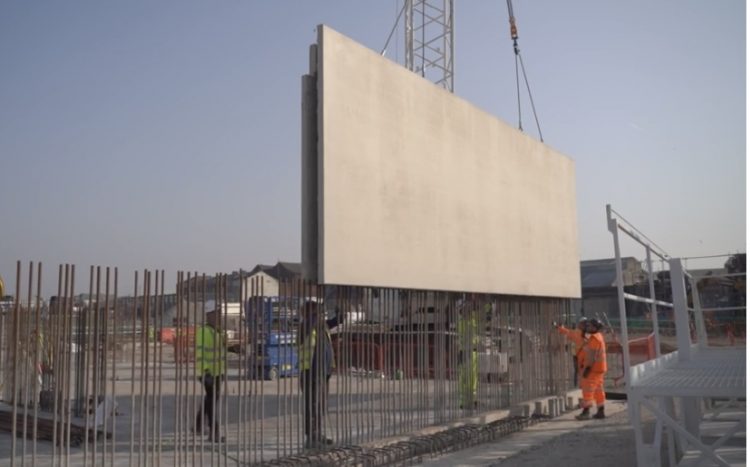
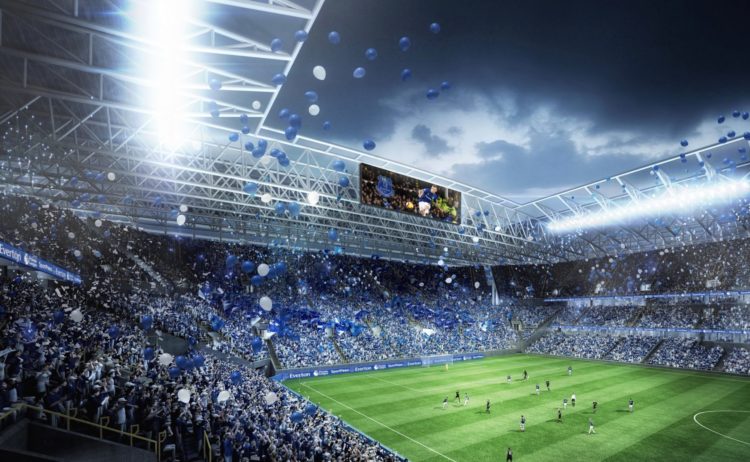
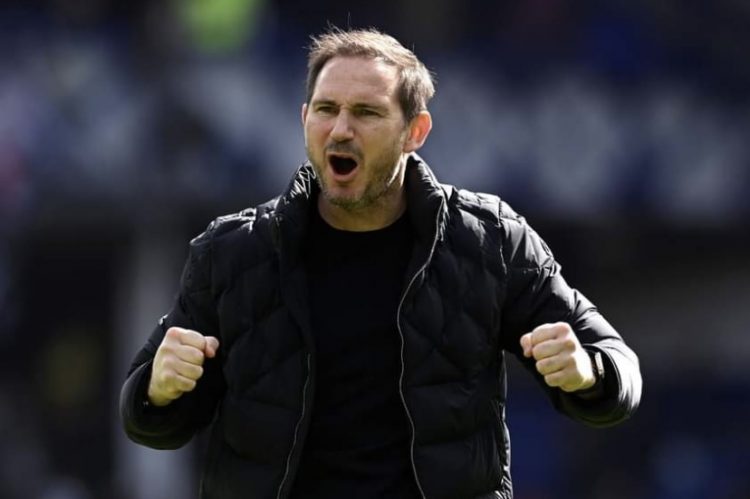
So how is the stadium being funded?
Back in 2018 the then Mayor of Liverpool Joe Anderson proposed a deal whereby the city council would borrow £280m at ultra-low interest rates and then pass on the loan to Everton. Even with that support the then chief executive of the club, Robert Elstone, told LBN finding the remaining £220m “would not be easy”.
The council loan idea came to a premature end, as did Mr Anderson’s second term as Mayor. And in the last few days a city council cabinet report was published revealing that Government commissioners sent in after the damning Max Caller report into the running of the authority, had ordered an investigation into how it incurred “significant expenditure” when exploring the loan idea.
As stated above, Mr Moshiri, who first bought into Everton in February 2016 and now owns 94.7% of the club, is funding the initial stages of the build, believed to be costing more than £100m.
Mr Moshiri’s long-time friend and business associate, Alisher Usmanov, paid £30m for first refusal on naming rights on the stadium through his USM venture. However, Mr Usmanov has now been sanctioned by the UK Government due to his links with Russian President Vladimir Putin, whose army has invaded Ukraine.
That has forced Everton to sever links with USM, with which it also had other sponsorship deals. Around £48m of £60m had already been pocketed but it does close off Mr Usmanov as a potential avenue to further funding for the stadium.
So adding Mr Moshiri’s £100m to the £30m naming rights cash and the £15m from the Combined Authority, that still leaves Everton with more than £300m to find. However, behind the scenes the club is confident the funder it has lined up will sign on the dotted line, regardless of the fortunes of the team on the pitch.
In late March Everton released its latest financial results for the year to June 30, 2021. It did show record revenues of £193.1m, but a loss of £120.9m. Everton said £103m of that loss can be attributed to the pandemic and, when the 2021/22 accounts are published next year the club expects COVID losses to total at least £170m.
Since first investing in the club in 2016, Mr Moshiri has not been shy to put his money where his mouth is. He has put in more than £500m, including two recent share issues of £100m and £97m. In the annual report Everton paid tribute to his “unwavering support and commitment”.
However, it is questionable how wisely a lot of that money has been spent. Successive managers including Ronald Koeman, Sam Allardyce, Marco Silva, Carlo Ancelotti, Rafa Benitez and now Frank Lampard have splurged cash on players with little return on their investments. In fact, on the pitch, Everton have gone backwards.
If only Mr Moshiri had taken the advice of former Tottenham Hotspur owner, Lord Sugar, who talked about the “prune juice effect”. The billions in TV money pouring into the Premier League “goes in one end and out the other”, he said. It seems there has been no shortage of prune juice at Goodison Park.
According to the accounts, the club’s net debt now stands at £58m. The Premier League Financial Fair Play rules limit clubs to losses of £105m over rolling three-year periods. Everton will need to attribute costs to COVID and the stadium build if they are to avoid sanction.
And so we come to one of the big questions – should the unthinkable happen and Everton are relegated from the Premier League, what would be the financial cost?
The big prize for being in the Premier League is you get to share in a domestic and global TV rights deal that is worth billions of pounds. In the 12-month accounting period Everton’s TV broadcast revenue increased to £146.4m. This was 49% higher than the £98m received in the previous year but this was primarily due to the COVID-delayed conclusion of the 2019/20 season falling into the financial year ending June 30 2021.
50% of the domestic TV revenue is allocated to clubs based on the number of times they are selected for live domestic broadcast in the UK (facility fee) and their final Premier League position (merit payment).
When a club is relegated from the Premier League they are handed what are called “parachute payments” to soften the blow of relegation. These are paid over three years and may typically be around £40m in the first season, £35m in the second and £15m in the third.
TV revenues in the Championship are a fraction of those in the Premier League. Most Championship clubs receive only between £7m and £8m per season. That includes £2.5m from the league’s own TV deal and a further £4.5m from the Premier League in so-called solidarity payments.
Clubs also get up to £100,000 if they are featured in a live game. However, that figure can be lower, depending on time slots or if they are home or away. Compare those figures to the mammoth Premier League TV revenues and it becomes clear why big clubs such as Everton fear relegation so much.
Relegation can also lead to a fire-sale of a club’s best players as it attempts to trim its top-flight wage bill. To give just one example, Everton’s first-choice goalkeeper is Jordan Pickford. He is also the England team’s number one. With a World Cup looming later this year, would he be content to ply his trade in the Championship?
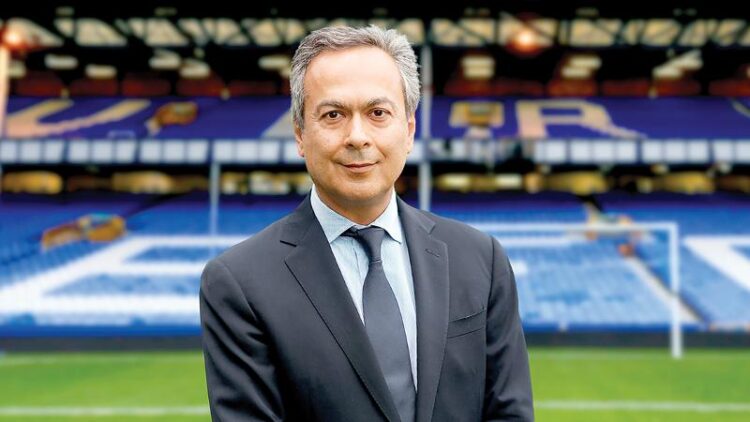
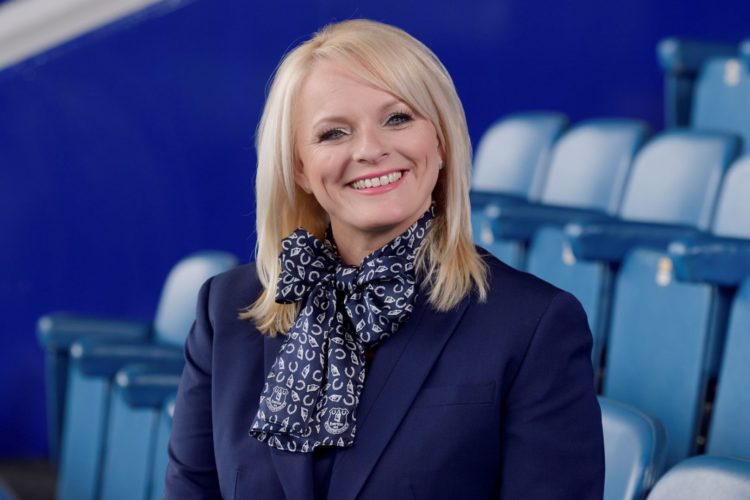
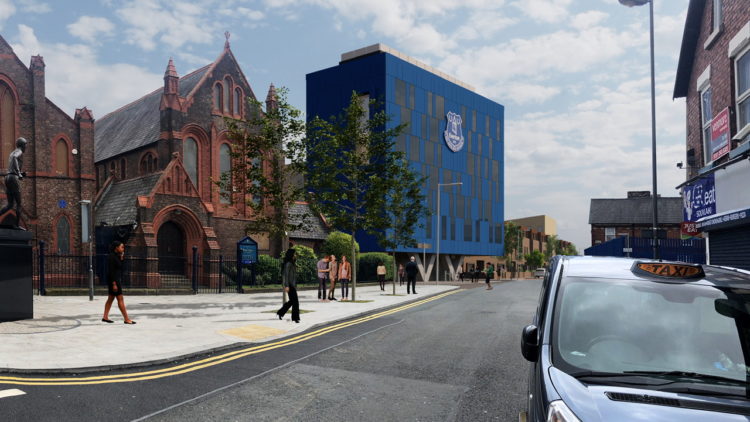
A club that loses its best players will also find it harder to secure promotion back into the Premier League. The Championship is no kickabout in the park. There are strong teams competing in the league and it is a scenario Everton will be desperate to avoid.
Everton’s challenge in seeking an investor for the stadium isn’t just about finding the money, it is about securing the finance on favourable terms. Any investor will want a return on their investment but it could be to the detriment of the club on the pitch if those returns were so high there was no money left to invest in the squad.
That is the tightrope both Tottenham and Arsenal have had to walk following the completion of their impressive arenas. The big long-term carrot, of course, is the Premier League TV revenues. Remove them from the equation and the economics of the stadium build suddenly become shakier for any potential investor.
However, Everton is also confident about the earning power of the new stadium. Commercial deals such as naming rights will give the club a significant boost and matchday revenues will also get a big lift, not just from the higher overall capacity, but also from corporate hospitality.
At Goodison Park the club can currently only cater for around 1,300 people in the hospitality sections. In the new stadium this capacity will rise to around 5,500 and the enhanced offer will give Everton the potential to charge higher prices.
Activity around the stadium will not be restricted to matchdays. Everton is breathing new life into heritage assets on the docklands site and the stadium will attract visitors on non-matchdays and will be used for other non-football events such as concerts. The arena would also be a favourite to host matches at Euro 2028 should the joint England-Ireland bid to stage the tournament be successful.
It could be, of course, that Mr Moshiri decides “in for a penny, in for a pound” and continues to dip into his own funds to ensure the project is delivered. He is set to make a tidy profit from the sale of the Royal Liver Building. He owns 49% of the iconic landmark which is on the market for £90m.
But his own medium to long-term motivations aren’t entirely clear. Presumably he too will want a return on his considerable investment somewhere down the line. According to media reports last week that could be sooner than expected. It was claimed more than one US-based investor is circling with possible bids for the club of £300-400m.
Of course, Everton in the Championship would represent a much less attractive proposition to a potential purchaser. The next eight games could be critical not just for the club, but for the wider city region economy. The stakes could not be higher.

